Innovators in Boating- The Canadian Triumph of Princecraft Boats
- Richard Crowder

- Sep 28, 2021
- 6 min read
Updated: May 16, 2022
By: Richard Crowder

It has been almost seventy years since Lionel Baril and his two brothers Roger and Sarto, born and raised in Princeville, Quebec founded the Aluminum Boats & Canoes Company to manufacture utility boats they named Princecraft. All three brothers owned and ran local businesses, were involved in municipal politics, and had cottages on a local lake, but in 1954 their focus shifted towards aluminum boats.
Why aluminum? Fiberglass hadn’t caught on in boatbuilding by the mid-50's and wooden boatbuilding required particularly skilled craftsmen. Princeville is located south of the St. Lawrence River about 60 kilometers east of Trois Rivieres, which itself is about half way between Montreal and Quebec City. Straight north of Quebec City at the head of the Saguenay River is the town of Alma, Quebec, the home of a giant aluminum smelter named The Aluminum Company of Canada, also known as Alcan.
At that time, following the surge and subsequent decline in the demand for aluminum after World War II, Alcan was looking for ways to promote the use of aluminum and was eager to assist any company wiling to utilize their lightweight and workable materials. Aluminum pots and pans, containers, house siding and aluminum boats all benefitted from this co-operative promotion.
Alcan was close to Princeville, so the cost of shipping rolls of raw sheet aluminum was reasonable. Alcan also offered assistance to companies with how to set up their production lines and how to form raw aluminum into finished products – in this case, boats. Lionel Baril and his two brothers capitalized.
By 1961, Aluminum Boats and Canoes Inc. and its dealer network had grown substantially. Its brochure that year offered eleven models of aluminum canoes, car topper, pram, utility, and runabout boats from twelve to sixteen feet. Through an arrangement with Peterborough Boats there were another sixteen models of canoes, duck boats, utilities, runabouts, a sailboat, and one twenty-one foot “cabin cruiser” – all molded in fibreglass and all branded as Princecraft. The company also offered a huge range of boating accessories including paddles, life jackets, anchors, boarding ladders, water skis, trailer accessories, hardware, canvas coverings and even a boat lift. It was a complete boating company.
In 1965, they purchased the Peterborough Boat and Canoe Company which consisted of eleven fibreglass models, thirteen aluminum models, four cedar-canvas canoes, plus utility and pop-up camper trailers. With the addition of the Peterborough brand and dealer network, whose production had been moved into a separate facility in Princeville, Aluminum Boats and Canoes Inc. was, along with their Princecraft brand, a major player in Canada’s pleasure boat industry. The company prospered.
In 1968, the Baril family sold out to the Brillant family of Quebec, which in turn sold the company in 1970 to Giffen Enterprise of Los Angeles which changed the company name to Canadian Boat Manufacturing. With the aluminum market growing rapidly, Alcan itself flourished and in 1973 purchased the company and merged it with its Toronto-based Springbok® aluminum boat line as Alcan Marine Products. This made them the largest boat manufacturer in Canada. Princecraft and Peterborough production remained in Princeville and were operated as separate divisions.
A state of the art manufacturing facility built in 1975 saw production modernized, but resulted in the closing of Alcan's Toronto Springbok facility in 1979 and its production moved to Princeville. In 1982, in order to concentrate on aluminum boat manufacturing, Alcan Marine Products sold its Peterborough fiberglass division and its separate Princeville factory to another local boat manufacturer.
By 1984, Alcan had transferred all of its marine head office employees to Princeville and by 1985 decided to divest its ancillary aluminum divisions to concentrate on the production and milling of raw aluminum. Princecraft was put up for sale once again. By this time, Marcel Dubois, who had been transferred from a different nearby Alcan subsidiary in 1982, had become General Manager of Princecraft and Jacques Daneault was Production Manager.
The Canadian boating industry was in tender times in the mid-1980’s, but Marcel and Jacques were able to put together a plan to purchase the company from Alcan and create Altra Marine Products. It was tough going and little more than a two man show, but they persevered while pursuing R&D in an effort to modernize the line. While at a marine trade show, Marcel noted how fibreglass boats had stylish lines and squared off or even reverse chines as opposed to the rounded chines of aluminum boats.
They got busy and over time redesigned the Princecraft line with much improved style and modern lines. The biggest change came with the introduction of the reverse chine which added performance, handling, and much greater stability to the boat. Sales started to take off and the new financial stability resulted in Princecraft introducing a line of pontoon boats in 1988, one of the first fishing boat manufacturers to do so.
By 1989 they had merged the Princecraft and Springbok brands into one and the following year bought back their old Peterborough manufacturing plant in Princeville, which by then was vacant, and moved pontoon boat production there. They had two hundred employees and were flying high.

This was also the height of the outboard motor manufacturer battles to acquire “transoms” on which to mount their motors. Outboard Marine Corporation (OMC), manufacturer of Evinrude and Johnson outboard engines came knocking on Altra Marine Products’ door. OMC bought the company in 1990, left the name intact, and kept Marcel and Jacques and the management team in place. Now Princecraft could offer complete boat, motor, and trailer packages as was becoming an industry trend.
In fibreglass manufacturing, deck boats had become the new fashion and in 1992 Princecraft was one of the first to engineer and introduce a complete aluminum deck boat to the marketplace. It married the best features of a runabout and a pontoon boat with a V-hull design and a move-around interior layout. In fact, I was one of the first Canadian boat reviewers to water test a Princecraft deck boat when Marcel Dubois and I met at a media and dealer introduction in the Unisted States early that year. The new deck boat performed and handled beautifully and was rock solid, fast, and surprisingly quiet.
Princecraft became the first aluminum boat manufacturer to offer three distinct boat lines: runabout fishing, family, recreational, and utility boats; deck boats; and pontoon boats. As a testament to its market foresight, it still offers all three lines to this day. In 1994, the Springbok name was retired and a new Princecraft logo featured a small OMC notation within the base of the letter “P.”
By this time, Princecraft dominated the Canadian aluminum boat market and business flourished but Outboard Marine Corporation was floundering and in 2001 declared bankruptcy. Very quickly, as soon as it became available, Brunswick Corporation purchased the Princecraft name its assets to become part of its ever-growing lineup. It also paired well with another of its subsidiaries, the gigantic Mercury Marine. With this Princecraft takeover, Mercury Marine’s share of the Canadian outboard motor market is said to have jumped from 25% to 60% overnight.
Under Brunswick, Princecraft has been left relatively autonomous while utilizing basically the same management team that had been producing so well. When Princecraft celebrated its 50th Anniversary of boatbuilding in Princeville in 2004, it boasted some 70 dealers across Canada and another 50 in the United States.
Those are huge numbers compared to any other manufacturer and shows Princecraft’s dominant position in the aluminum boat market, especially in Canada. Attention to detail, the ability to predict and respond to trends, and above all, a reputation for building a quality product as well as stable, knowledgeable, and devoted management and employees have all contributed to Princecraft’s solid growth and profitability.
To further illustrate Princecraft’s ability to predict market trends, in 2011 it became the first manufacturer to introduce two models of fully electric-powered pontoon boats. Now for 2022, it has refreshed those two and added an additional two electric pontoon models with the newest available electric technology.
Princecraft still offers three distinct classes of aluminum boats from three separate facilities in Princeville, Quebec. They have 9 series covering 42 models of fishing, recreational, family, sport, and utility boats from 10-26 feet, as well as 6 models of deck boats from 19-22 feet, and 8 series covering 40 models of pontoon boats from 15-27 feet.
That is a staggering total of almost 90 boat models, and a lasting tribute to the visions of Lionel Baril and his two brothers who built the first Princecraft boats. It's also a testament to the faith and management skills of Marcel Dubois and Jacques Daneault who re-built Princecraft into becoming one of today's leading boat manufacturers.

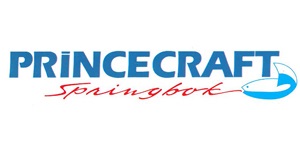
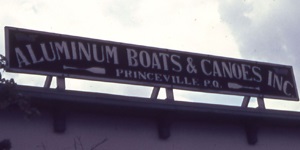


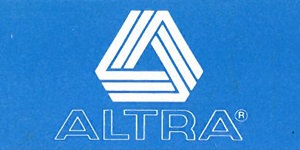
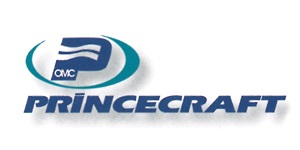
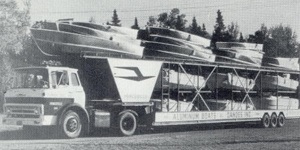

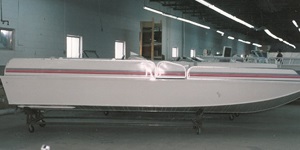
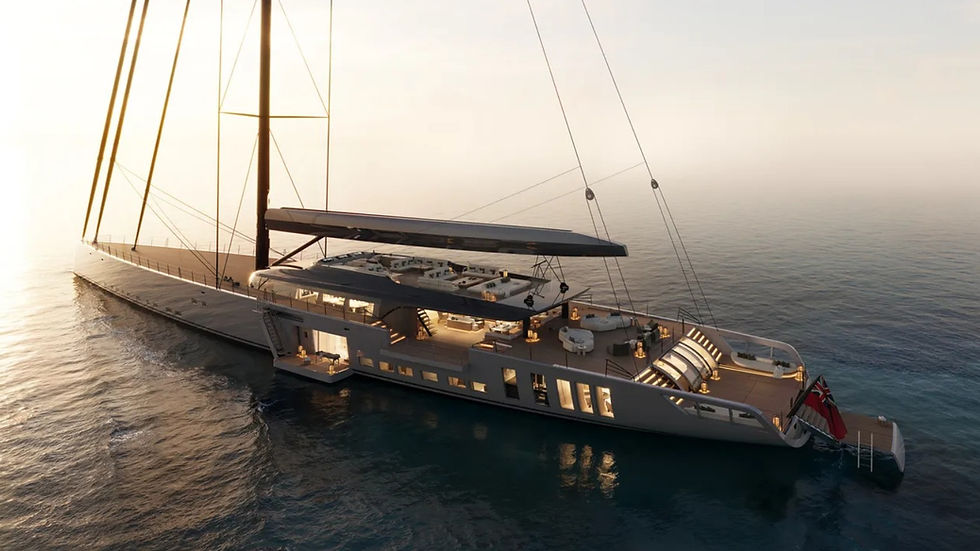
















Comments